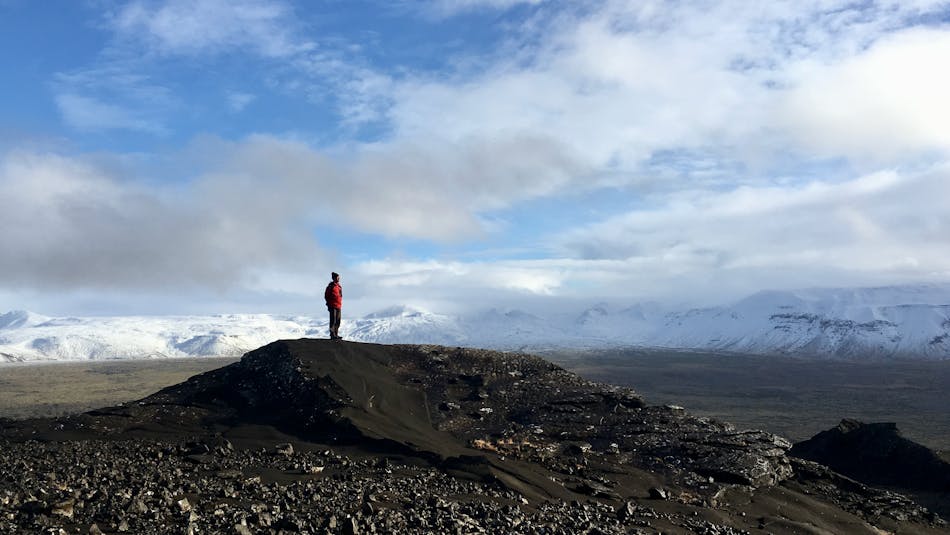
Geology enthusiasts and other nature lovers don't have to search far and wide, as a diverse landscape and nature can be found in the capital region
Geology enthusiasts and other nature lovers don't have to search far and wide, as a diverse landscape and nature can be found in the capital region